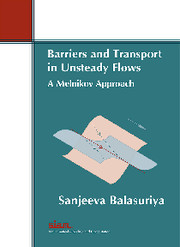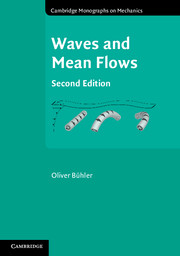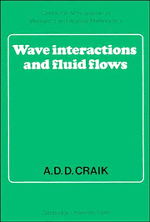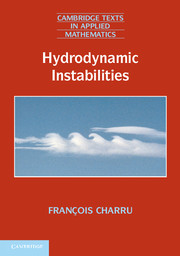Barriers and Transport in Unsteady Flows
Fluids that mix at geophysical or microscales tend to form well-mixed areas and regions of coherent blobs. The Antarctic circumpolar vortex, which mostly retains its structure while moving unsteadily in the atmosphere, is an example. How do such structures exchange fluid with their surroundings? What is the impact on global mixing? What is the 'boundary' of the structure, and how does it move? Can these questions be answered from time-varying observational data? This book addresses these issues from the perspective of the differential equations that must be obeyed by fluid particles. In these terms, identification of the boundaries of coherent structures (i.e. 'flow barriers'), quantification of transport across them, control of the locations of these barriers, and optimization of transport across them are developed using a rigorous mathematical framework. The concepts are illustrated with an array of theoretical and applied examples that arise from oceanography and microfluidics.
- Presents a careful and rigorous development of the mathematical theory of unsteady flow barriers within the context of nonautonomous stable and unstable manifolds
- Theory is richly complemented with examples
- Includes chapters on exciting new research in the control of flow barriers and the optimization of transport across them
Product details
No date availablePaperback
9781611974577
276 pages
255 × 178 × 18 mm
0.6kg
This item is not supplied by Cambridge University Press in your region. Please contact Soc for Industrial & Applied Mathematics for availability.
Table of Contents
- List of figures
- Preface
- 1. Unsteady (nonautonomous) flows
- 2. Melnikov theory for stable and unstable manifolds
- 3. Quantifying transport flux across unsteady flow barriers
- 4. Optimizing transport across flow barriers
- 5. Controlling unsteady flow barriers
- Bibliography
- Index.







